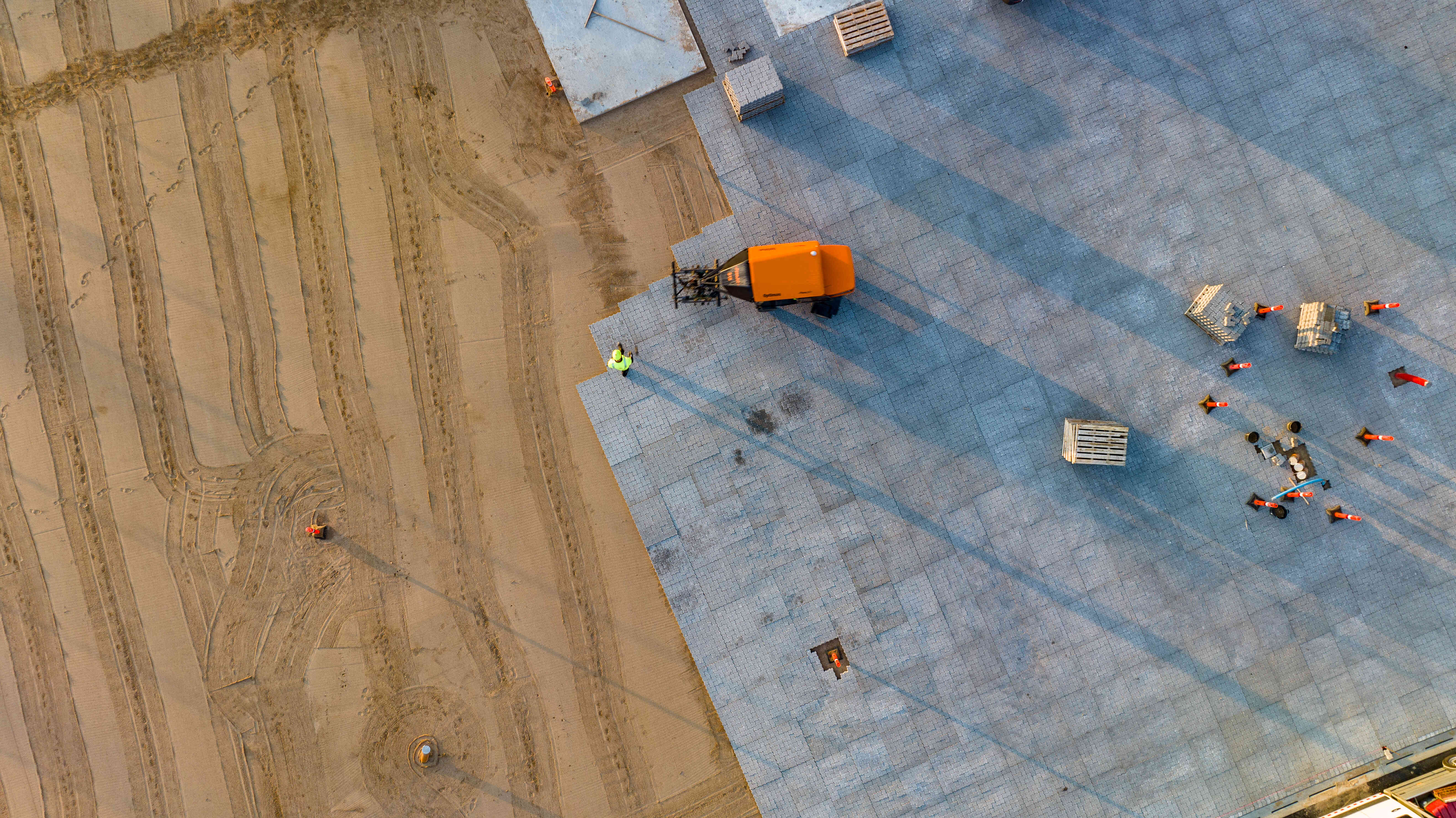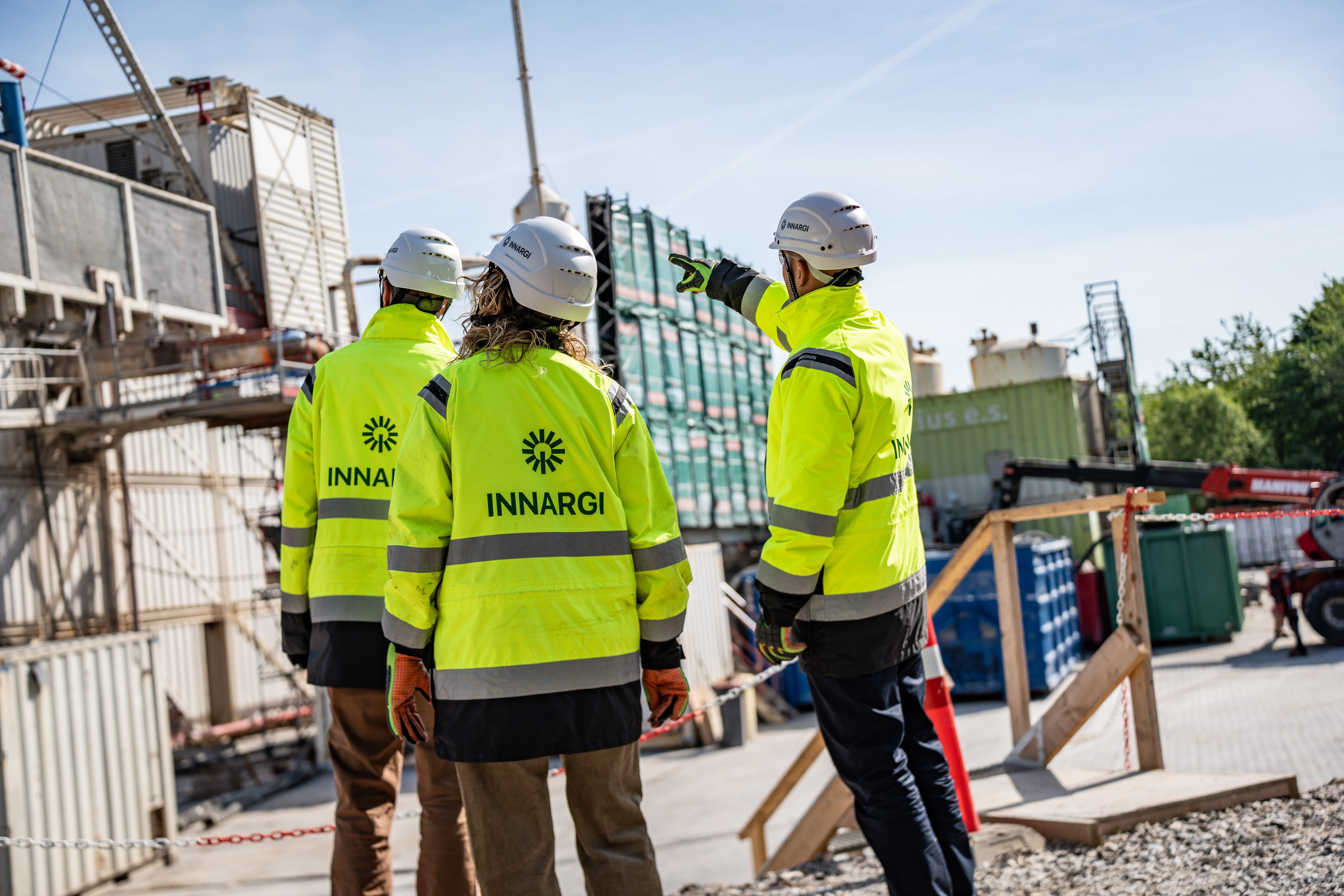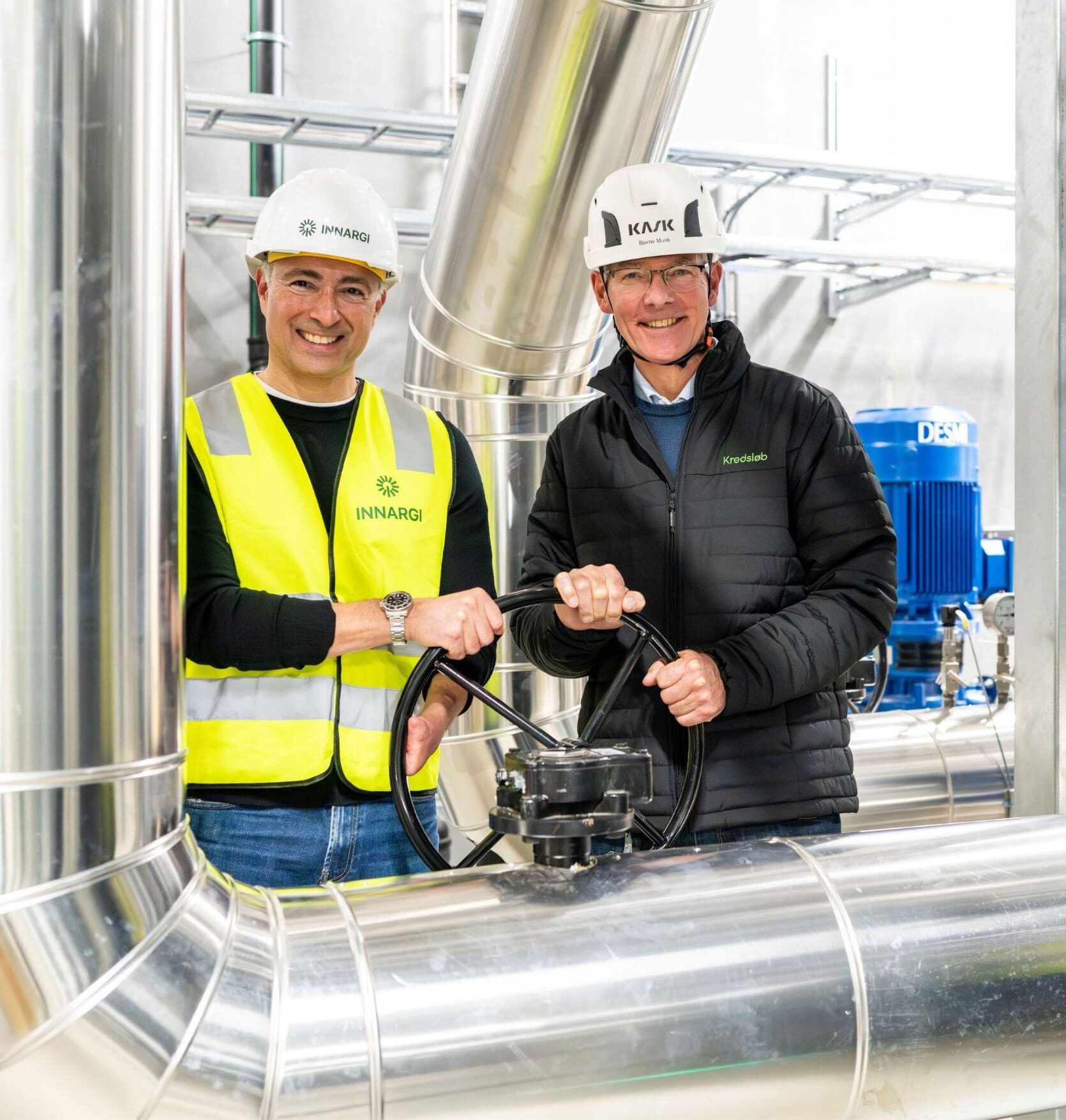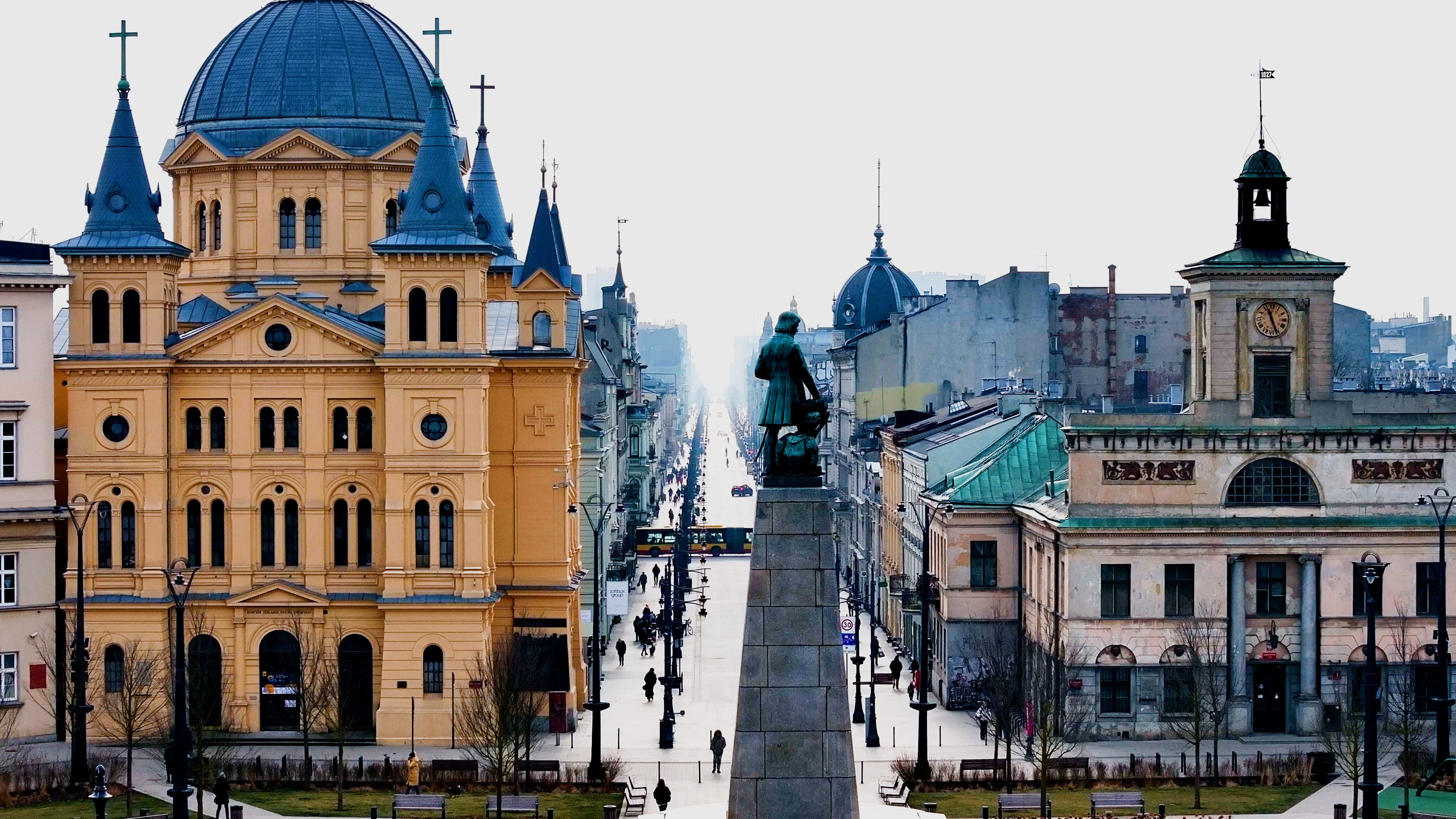At the geothermal site in Skejby, two geothermal wells have been completed. One well will be used to pump hot water to the surface, while the other will return the cooled water back into the reservoir. The foundation is currently being laid for the geothermal heating plant. By the end of 2025, this plant will supply green heat to the district heating network in the northern part of Aarhus.
“We are pleased that our work to construct test wells has proceeded as planned. Now we have a completed pair of wells in Skejby, and already this week work will start on our first heating plant, which will transfer the geothermal heat to Kredsløb’s district heating network with the help of heat exchangers and heat pumps.”
“Geothermal energy is no longer a desk exercise. This is reality, and we can now begin to sense the first geothermal heat from what will be the EU’s largest continuous plant here in Aarhus. It is not an easy task to realise the plans, so I am both happy about the first good results and still hopeful that the further journey will also bring good results.”
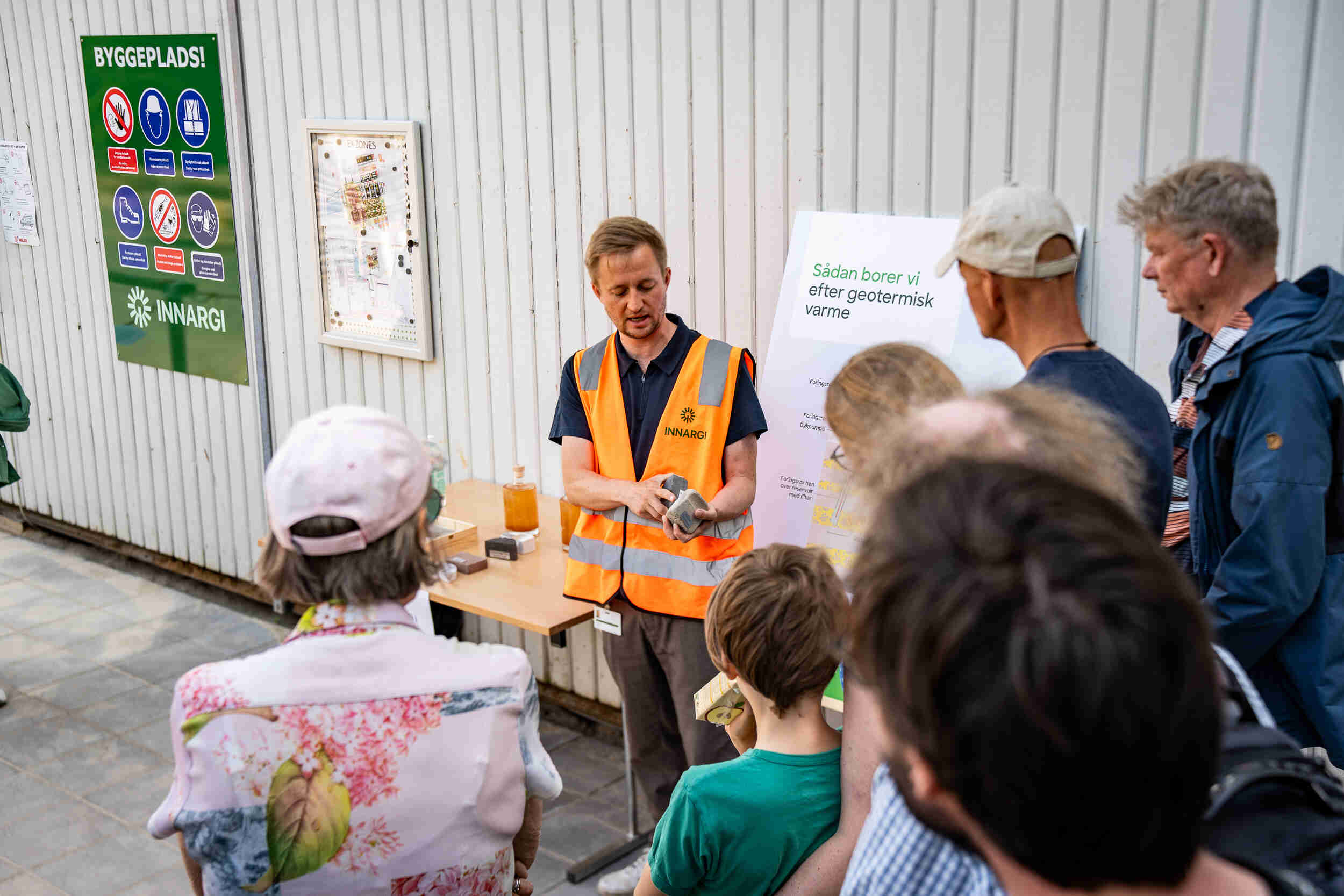
FACTS
- At the time of the project’s announcement, the geothermal heating plant in Aarhus was set to be the EU’s largest.
- Geothermal energy is expected to be able to cover 20% of the district heating needs in Aarhus
- In Aarhus, geothermal energy is expected to reduce annual CO2 emissions by approximately 165,000 tonnes (reduction in biogenic emissions immediately and reduction due to alternative use of biomass)
About the partners in the project
Kredsløb supplies district heating to 330,000 people and recycles waste for 170,000 households in Aarhus Municipality. Kredsløb has a stated goal of making it easy for customers and partners to contribute to the green transition.
Innargi A/S was founded in 2017 by A.P. Møller Holding A/S and is today owned by A.P. Møller Holding, ATP and NRGi. Innargi’s mission is to decarbonise district heating by bringing geothermal energy into play as a source of heat in millions of homes with the expertise of an experienced team of geologists, reservoir, facility and drilling engineers, as well as through partnerships with district heating expert.
For further information
Contact: Communications Specialist Innargi, Sofie Biering Krogh, +45 4291 4188

